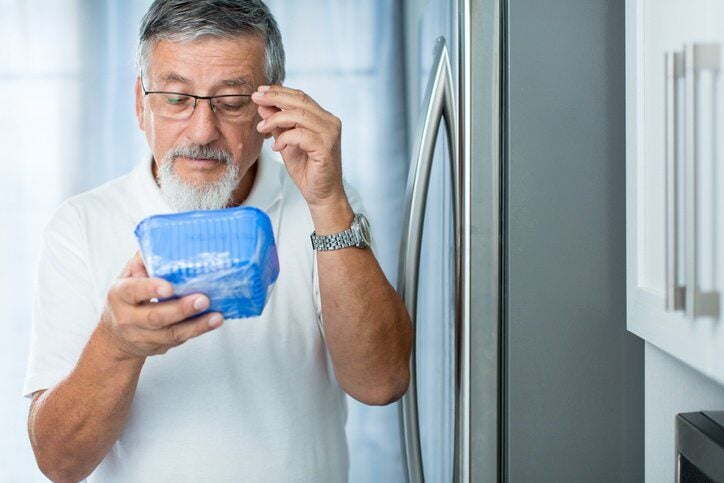 Power failures can be one of the most annoying and disabling occurrences in your HOA. Whether caused by summer storms, crippled by winter ice, equipment failure, an overloaded regional grid or an animal disrupting a power line, electrical outages can be costly, uncomfortable, and without forethought -sometimes even dangerous.
Power failures can be one of the most annoying and disabling occurrences in your HOA. Whether caused by summer storms, crippled by winter ice, equipment failure, an overloaded regional grid or an animal disrupting a power line, electrical outages can be costly, uncomfortable, and without forethought -sometimes even dangerous.
Association homeowners can face many hazards when a power failure occurs, usually without any warning, including losing refrigerated and frozen foods. Some food items can be salvaged, but only if you’re prepared.
Include a Friendly Reminder In Your HOA Quarterly Newsletter
Homeowners, be prepared for power outages:
- Have at least one or two coolers on hand, and at least one spare 5-pound bag of ice in the freezer.
- Know where to get bag, block or dry ice quickly when you need it, particularly if you anticipate a long-term outage. (Caution: Dry ice is made from carbon dioxide, so it requires safe handling. Never breathe in its vapors or touch it with your bare hands.) According to the Food Safety Branch of Kentucky’s Department of Health, a 50-pound block of dry ice will keep a tightly packed, 18-cubic-foot freezer cool for up to two days.
- Have an instant food thermometer or appliance thermometer available to ensure your freezers, refrigerators, and coolers are staying cool enough to store food safely.
- Arrange the refrigerator and freezer efficiently. Frozen food will last longer in a full freezer—up to 48 hours if tightly packed—and refrigerated food will last longer—up to four hours—if there's room for air to circulate around items.
When the Power Goes Out:
- Avoid opening and closing the refrigerator unless absolutely necessary.
- Cook and use perishable food before using canned food.
- Check the temperature of refrigerated foods if the power is out for more than a few hours.
- Discard any food item than has been at 40° F or warmer for two or more hours. Exceptions include butter and margarine; hard cheeses like Parmesan and Romano; some condiments like mustard, peanut butter, soy sauce, olives and vinegar-based salad dressing; and fresh, uncooked fruits and vegetables.
- Check the temperature of frozen foods as well. While tightly packed freezer foods will stay frozen for many hours, some items that may have thawed can be refrozen if they still retain ice crystals or have remained at a temperature lower than 40°. Fruit and vegetable juices; breads, rolls and pie crusts; flour, cornmeal and nuts; meat and chicken; and prepared foods and casseroles can be refrozen safely if they have not been at 40° F or warmer for more than two hours.
- After the power comes back on, you may need to deodorize the refrigerator and freezer by washing surfaces with a solution of 2 tablespoons baking soda dissolved in a quart of warm water. Place an open box of baking soda inside the refrigerator to absorb any lingering odors.
Since the appearance and odor of a food item isn’t an accurate indication of its safety after a power outage, use the 40° rule-of-thumb. And when in doubt, discard the food.
While a power can go out any time, most power failures occur between mid-July and late September. But no matter when your community experiences an outage, and it inevitably will, knowing how to handle frozen and refrigerated foods can help you keep your food supplies safe until the lights come back on.










